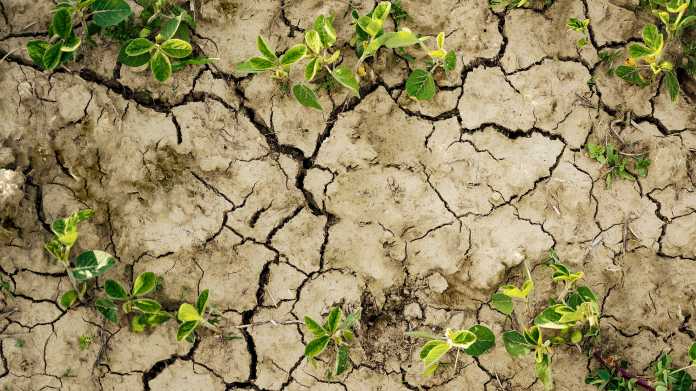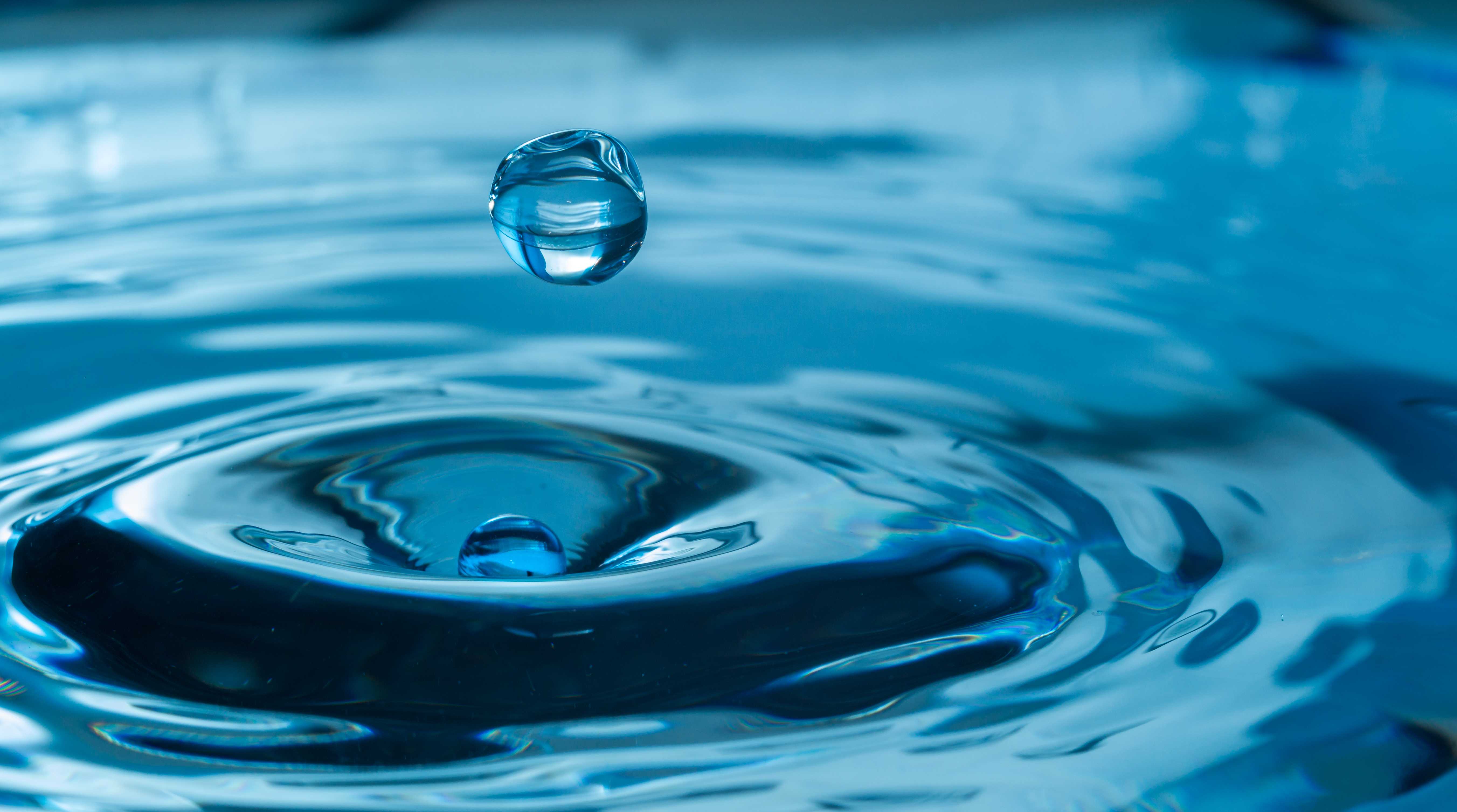Summers in Germany are getting drier on average. This is challenging for farmers. They need new irrigation and cultivation methods.
reading time:
15 Min.
In Pocket save on computer

Dry fields – a sight that will probably increase for farmers.
(Bild: Shutterstock / Oksana Klymenko)
On a cold February morning, Johannes Paas climbs out of his Land Rover. Green fields stretch out on both sides of the road – his fields. On the left, malting barley grows in low, grass-like clumps, explains the farmer from Ratingen near Düsseldorf. On the right is the grain triticale, a cross between wheat and rye. The morning sun has just reached the fields, which are still covered with hoarfrost.

Johannes Paas runs to the malting barley and grabs a handful of earth from the field. “This is my worst soil compared to my other fields,” he says, crumbles the brown lump with his fingers. The soil has a high sand content and can therefore store little water. “If it gets dry in summer, the plants here are flat after a week.”
More rain in winter, more drought in summer
There is still no sign of this. The plants are growing densely, the stalks are lush green and Johannes Paas is happy with the sight. He pulls work gloves out of his jacket pocket. Then he digs one of the bunches of barley out of the ground. “At the moment the plants are looking really good here,” he says, pointing to the robust root system of the barley. In recent years, that has not always been the case. Since 2018, there has always been a lack of rain, says Paas.
